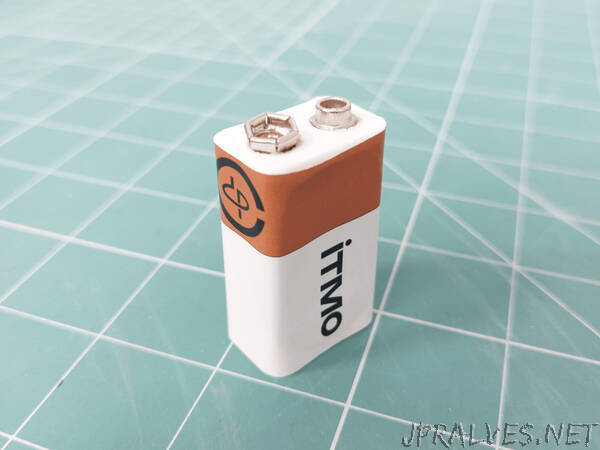
“In spite of their many disadvantages, batteries remain one of the key components in contemporary electronics. While changing their structure entirely is impossible due to the chemical and physical processes happening inside, scientists, startups, and major companies are searching for ways to reinvent them or adopt totally new approaches. One such approach was suggested by students of ITMO’s School of Physics and Engineering – their nine-volt battery can be recharged wirelessly with a regular smartphone charger. ITMO.NEWS breaks down the science behind the new device.
The afterlife of a battery
Because of their various toxic components (lithium, zinc, nickel, cobalt, etc.) single-use batteries have to be properly recycled – usually they are collected at special recycling points. There, all the remaining useful parts, such as nonferrous metals and their salts, are extracted to be used again. For instance, manganese dioxide becomes a pigment for concrete and bricks, while zinc dust is responsible for blue colors in fireworks.
Rechargeable batteries, on the other hand, can be used multiple times when charged with a special device. Such chargers are usually powered through a USB or a plug and are compatible with a limited number of battery types, for instance, AA, AAA, or nine-volt batteries. As this doesn’t account for much convenience, companies and researchers around the world are developing more user-friendly chargers. For example, in 2016 the American company Lightors came up with a special wireless charging for its own AA and AAA batteries. However, what about other types of rechargeable batteries produced by other players on the market?
A new beginning
A team of students from the Wireless Technologies program of ITMO’s School of Physics and Engineering assembled a prototype of a nine-volt battery that can be recharged with any wireless charging device. The battery has two indicators: red – for when charging is in progress, and blue – for when it’s complete.
A nine-volt battery is more durable than an AA one, while also being compatible with a wide range of devices, from toys to dosimeters and receivers. What’s more, you can now recharge it without taking it out of the device it’s used in – you can just place the device itself on the charging station.
First-years turned Elon Musks
The project’s team features first-year Bachelor’s students Alexander Gurdzhiev, Egor Demeshko, Andrey Mineev, Denis Pavlov, and Danil Chernomorov, supervised by Pavel Seregin and Nikita Olekhno, researchers at ITMO’s School of Physics and Engineering. Students could choose one from a list of topics suggested by the researchers, eventually settling on the idea for a wireless rechargeable nine-volt battery. According to the students, wireless devices represent a rapidly growing market.
In just a single semester, the team not only developed a prototype, but also presented it in front of a board of experts. Nikita Olekhno, who curates student projects at the Wireless Technologies program, is confident that in the future the team will be able to secure funding for their device if they submit it to the START or UMNIK contests.
Among the team’s future plans are doubling the battery’s capacity, which can be done with self-engineered smaller printed chips. In this case, students will be able to make another battery type, such as AA. The battery could also be turned more eco-friendly with a replaceable accumulator module – the only part of the device that would have to be replaced, its 3D-printed body and other electronic components being more durable.”
